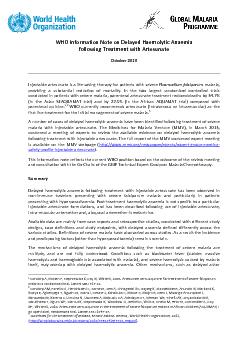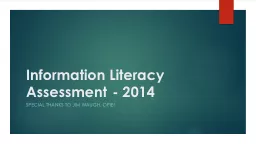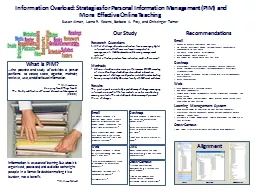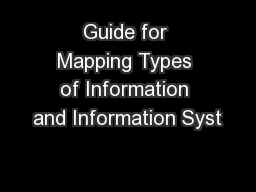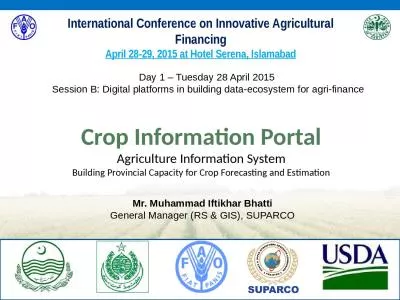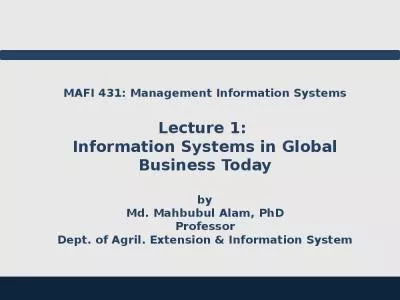PDF-Information
Author : mitsue-stanley | Published Date : 2015-08-03
WHO Note on Delayed Haemolytic Anaemia following Treatment with Artesunate October 2013 Injectable artesunate is a lifex2010saving therapy for patients with severe Plasmodium falciparum malaria pr
Presentation Embed Code
Download Presentation
Download Presentation The PPT/PDF document "Information" is the property of its rightful owner. Permission is granted to download and print the materials on this website for personal, non-commercial use only, and to display it on your personal computer provided you do not modify the materials and that you retain all copyright notices contained in the materials. By downloading content from our website, you accept the terms of this agreement.
Information: Transcript
Download Rules Of Document
"Information"The content belongs to its owner. You may download and print it for personal use, without modification, and keep all copyright notices. By downloading, you agree to these terms.
Related Documents

